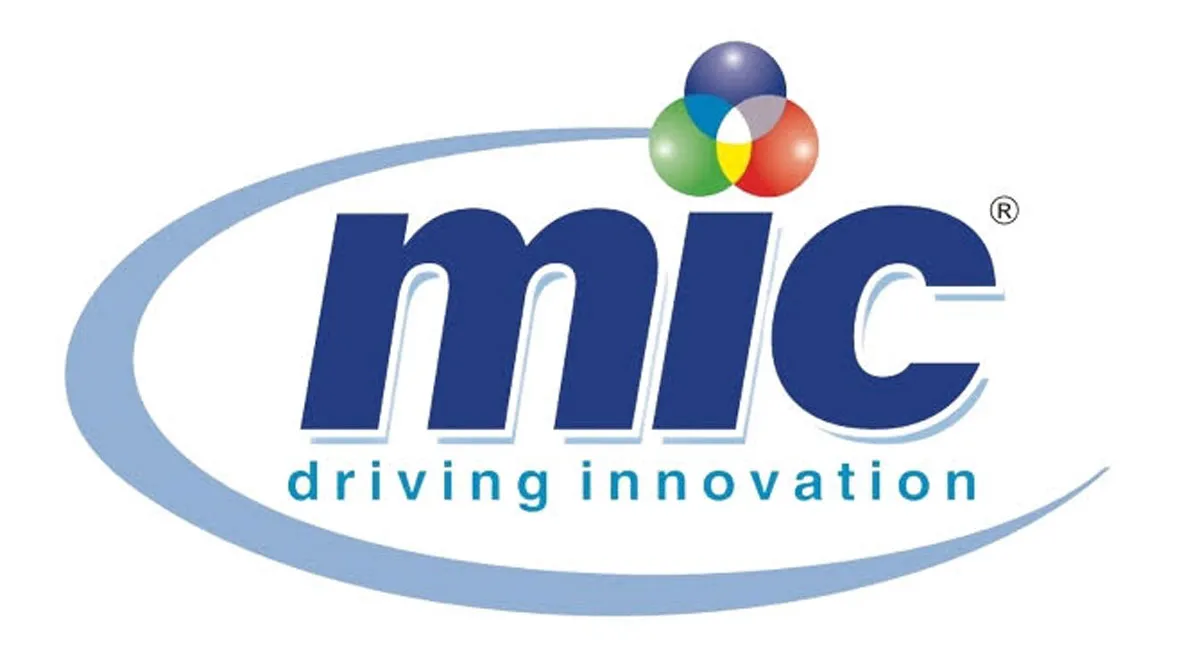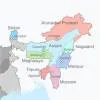Mumbai and Delhi to get its third airport by 2040

Mumbai Records 20 per cent Rise in November Registrations
Mumbai’s real estate market recorded 12,219 property registrations in November 2025, a 20 per cent year-on-year rise and the highest tally for the month since 2013, according to data from the Maharashtra IGR. Stamp duty collections grew 12 per cent year-on-year to ₹10.38 billion, driven primarily by residential transactions, which accounted for nearly 80 per cent of all registrations during the month as per Knight Frank analysis.With this performance, Mumbai has clocked 135,807 property registrations between January and November 2025, contributing ₹122.24 billion in stamp duty to the sta..

ElitePro Infra Wins Top Sales Award for Elan The Emperor
ElitePro Infra, a premium real estate consultancy based in Gurugram, has been recognised for achieving the highest sales at Elan The Emperor. The accolade underscores the firm’s strategic market approach, customer-focused advisory model and strong delivery performance in the residential real estate segment.The recognition reflects ElitePro Infra’s deep understanding of evolving buyer priorities and its ability to guide homebuyers transparently toward long-term value. The team worked closely with clients to identify requirements, curate suitable residential options and ensure a seamless pur..

MIC Electronics Wins Rs 1.49 Cr Railway Passenger Info Project
MIC Electronics, a leading manufacturer of digital passenger information systems, has secured a Rs 1.49 crore contract from South Central Railway’s Vijayawada Division to install an Integrated Passenger Information System (IPIS) at Annavaram (ANV) and Yelamanchili (YLM) stations. The project is aimed at improving real-time communication and travel information for high footfall passengers on the Vijayawada–Visakhapatnam corridor.The upgrade includes LED train display boards, digital clocks, audio announcements and GPS-based systems, supported by an IP-based architecture with optical fibre c..

















